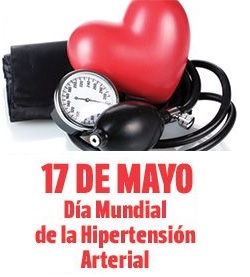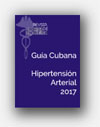Low correlation between visit-to-visit variability and 24-h variability of blood pressure
Low correlation between visit-to-visit variability and 24-h variability of blood pressure
 Por: Paul Muntner, Daichi Shimbo, Keith M Diaz, Jonathan Newman, Richard P Sloan y Joseph E Schwartz. Hypertension Research (2013) 36, 940–946.
Por: Paul Muntner, Daichi Shimbo, Keith M Diaz, Jonathan Newman, Richard P Sloan y Joseph E Schwartz. Hypertension Research (2013) 36, 940–946.
Ambulatory blood pressure monitoring (ABPM) is considered to provide a more accurate estimate of a patient’s mean systolic and diastolic blood pressure (SBP and DBP) compared with clinic measurements. Also, mean blood pressure (BP) from ABPM is a stronger risk factor for cardiovascular disease (CVD) compared with mean clinic BP. The value of ABPM for the measurement of BP is highlighted in the 2011 NICE guidelines, which recommend using it to confirm the diagnosis of hypertension for patients with an SBP or DBP greater than or equal to140 or 90 mm Hg, respectively. Several recent studies have reported strong associations between visit-to-visit variability (VVV) of clinic SBP and the occurrence of stroke, coronary heart disease and all-cause mortality.





![Glosario: hipertensión [Hipertensión arterial en la atención primaria de salud. 2009]](http://temas.sld.cu/hipertension/files/2016/04/Glosario-e1541006177950.jpg)



Comentarios recientes